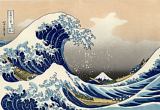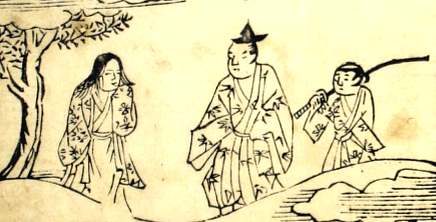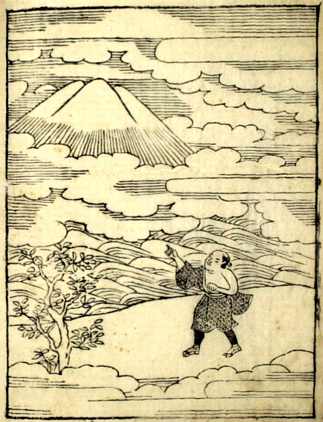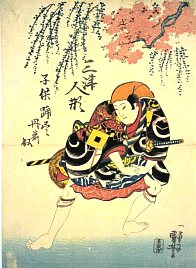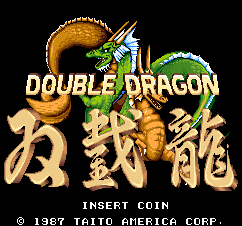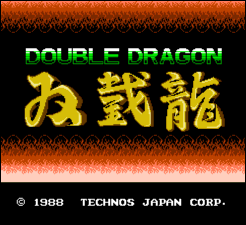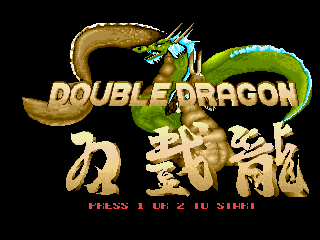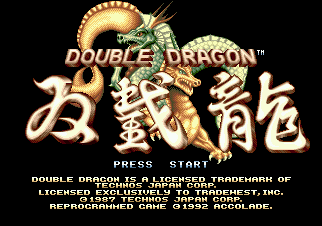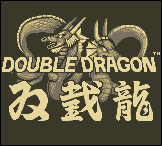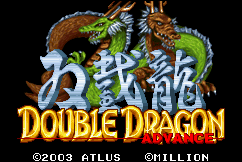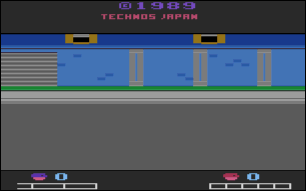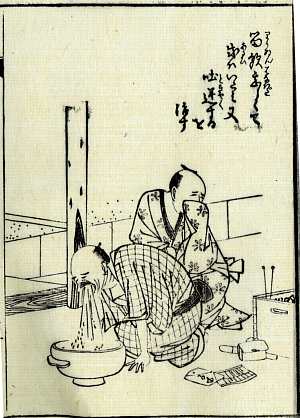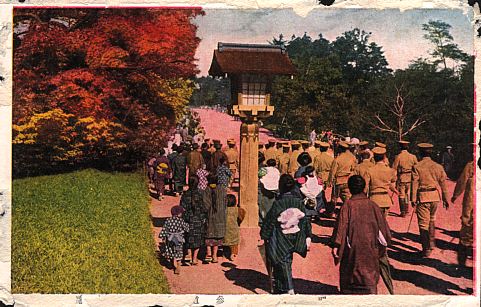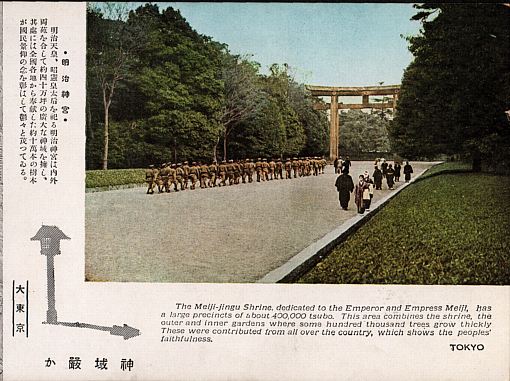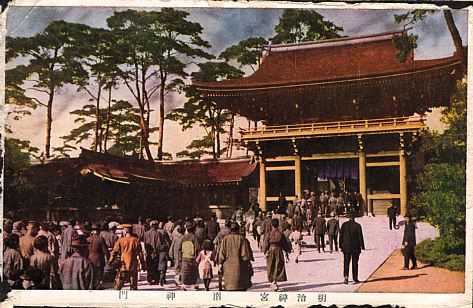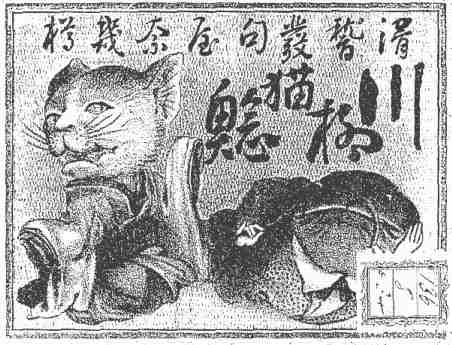Language as folk craft
I found an interesting language-related analogy in YANAGI Sōetsu's classic 1933 essay "Whither folk crafts?" (柳宗悦, 民芸の趣旨, Mingei no shushi*):
Folk crafts, by definition, do not bear signatures. ... Consider: Japanese people who don't even know what grammar is can use complicated Japanese without difficulty. How different this is from speaking a foreign language, when we must awkwardly consider each point of grammar as we speak! When the words begin to come with ease, our use of the language is at its most unremarkable (平凡). Put another way, we can only use a language freely if we can use it in an unremarkable fashion. Folk arts must share this quality of being easily accessible to anyone. The "remarkable way" (非凡の道) of the inspired genius is not the way of folk crafts.
Folk crafts in Yanagi's definition are for use, not display, and they are judged solely on how well they meet the needs of the user. (These needs are defined so that we do not have to deal with edge cases, like impractical and expensive art that nevertheless meets the not uncommon psychological need to appear both rich and cultured, or cheap mass-produced crap that addresses the needs of underpaid urban laborers who can't invest in generation-spanning quality.)
In this scenario, good design evolves over centuries under the practical pressures of everyday life. Philosophers, theoreticians and capital-R Romantic artists might achieve wonders in their own fields, but this is irrelevant to folk art unless and until the folk crafters recognize in these achievements a solution to some specific design problem their users face.
The main difference between folk crafts and language, then, is that there are fewer people going around insisting that cups without handles are ugly, or writing op-eds about the kids today and their loutish, insolent non-wicker chairs.
![[No-sword]](http://no-sword.jp/images/site/no-sword_banner.jpg)
